Columns
Reading culture in Nepal
A reading culture flourishes when the readers nurture their love for books and value that practice.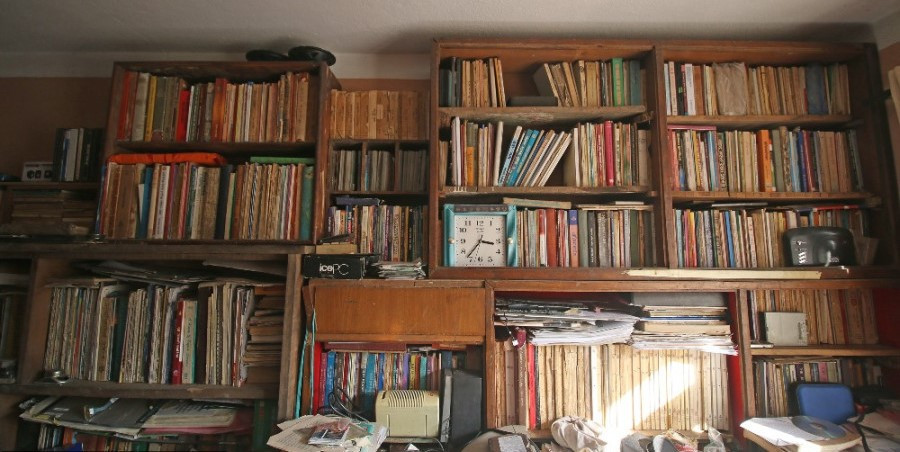
Abhi Subedi
I want to share some visceral stories and allude to some episodes of book reading and the history of the activities related to different libraries. This is the subject of a long survey and analysis. However, for heuristic reasons, I want to begin with a simple narrative of the individual practice of reading and management.
Books and libraries are important components of reading culture. As reading is a solitary endeavour, it is difficult to say what books individuals or a certain class of people read unless they share their experiences of reading books as part of their habits and selections. Reading is a private culture that does not have to be explained to people in society. In the question 'What do they read?', both 'what' and 'they' are ambiguous lexical items.
The Nepali reading culture grew with limited books and a small number of people who were literate enough to read simple books. The question of the production of books comes when we intend to discuss reading in earlier times. The limited repertoire of books used by the small reading public in a society where the literacy rate was very low has drawn the interest of researchers and literary writers in the present times.
I became familiar with the reading interests and collections of books of some writers senior to me in Kathmandu. They include literary writers, some historians and politicians. My story is limited. But there are important categories of people whose choice of reading is familiar to me as a teacher or someone who has worked and read with them. I would call that a class of students or research scholars with whom I worked closely at different times. The practice continues in some ways even today. The areas of their studies and research guide their choice of books. These people's repertoire of reading materials is quite large. They constitute an enlightened reading public who read books with purpose propelled by a sense of application. The big bookshops of the metropolis rely on this clientele. It is a dynamic reading class whose interest is diverse and whose scope of use is expanding every day. It is related to the degree of their studies and research.
I would call this group a reading public with a purpose. The other common word is graduate students who write dissertations, research articles and study the subjects of their choice. This class of readers are important people who constitute an important section of the modern society and their fields of study are diverse. It is not possible to discuss the relationship between books and the diverse groups of academic practitioners. I do not want to write about the subject of students and their needs and choices of books in this article. But I must mention one important topic here. It is the subject of libraries that academics or the general public can use.
The important problem here is the question of library management, which has a history of its own. The libraries that we can recall are only a few. Books were the subjects of passion for some members of the aristocracy and court pundits. Kaiser Shumsher Rana housed a great collection of books in his own palatial building known as Kaiser Mahal. Shumsher's generous wife, Krishna Chandra Devi Rana, donated 50,000 books, documents and pictures to the Nepal government in 1969. This library was damaged by the earthquake of 2015, rendering it dysfunctional. After a careful retrofitting, it has become functional again. A mention should be made of the National Library housed in the palatial building known as Harihar Bhawan. It was and is still considered a major library, though its condition changed after the earthquake, followed by slow restoration and general negligence, as reported by journalists who covered its situation. The government of Nepal set up this library with the books from the personal collection of Guru Hemraj Pandey in 1956.
The library that I used most, both as a student and a teacher, is the Central Library of Tribhuvan University, located in the Kirtipur campus. I had found some information about the history of this library of my alma mater Tribhuvan University, perched on a lovely height, overlooking much of the Kathmandu valley. The panorama of the mountains that I always found so breathtaking emerged in the view after I spent hours reading in the library.
This feeling is encapsulated in the poetic line from William Wordsworth's, ‘My heart leaps up when I behold/ A rainbow in the sky,’ when I see students emerging from the library even today. The Government of Nepal and the US Agency for International Development (USAID) made an agreement on April 30, 1957, to establish a Library in Kathmandu that would be considered the main locus of libraries. Its first location was the old Rana palace called Lal Durbar, where it started operating under the guidance of Dr E.W. Erickson. The university’s central library came into existence after the passing of the Tribhuvan University Act in July 1959. The same library was moved to Kirtipur later. It is used by graduate students and others.
The narrative of the libraries in Nepal is long. However, one humble but important initiative made to start a public library in Kathmandu to promote a reading culture and facility is worth mentioning. A few individuals, among them Tirtharaj Wanta, Narayan Khadka and a few others—I was also a member—created a Society of Kathmandu Valley Public Library in 2003. Today, a few serious staff members and individuals are managing this library in an insufficient space in Bhirkuti Mandap. I highly value the symbolism of this library that foregrounds 'public', 'open' and 'mission'.
We should not forget the great role played by bookshops, especially those of Kathmandu, for the promotion, enhancement and popularisation of reading culture in Nepal. But the right direction of education, cultural awareness of people in government and parliament, particularly of those who promote and do not obstruct the easy flow of books and the cumulative efforts of the dreamers, academics, publishers and book sellers can create a reading culture in the country. The electronic and cyber revolution facilitates the reading culture. However, I would see a reading culture flourishing when the readers nurture their love for books, continue to create the soft rustling sound of turning pages and value that practice. This universal practice should hold sway here.




 11.12°C Kathmandu
11.12°C Kathmandu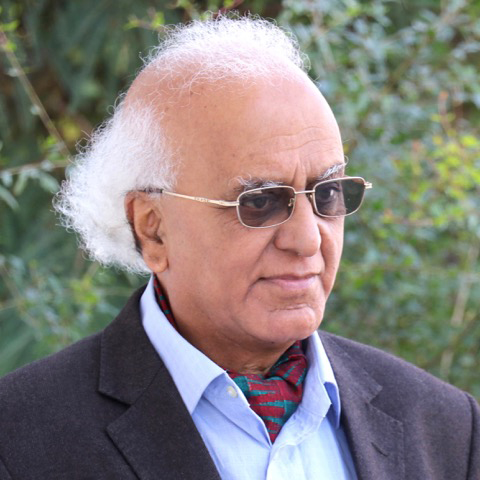
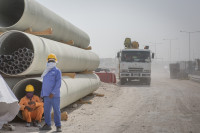

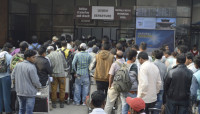
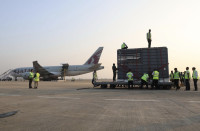
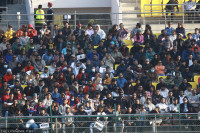
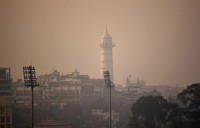



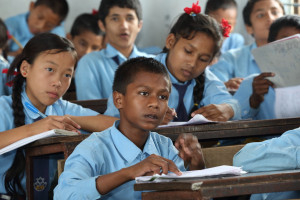



%20(1).jpg&w=300&height=200)

